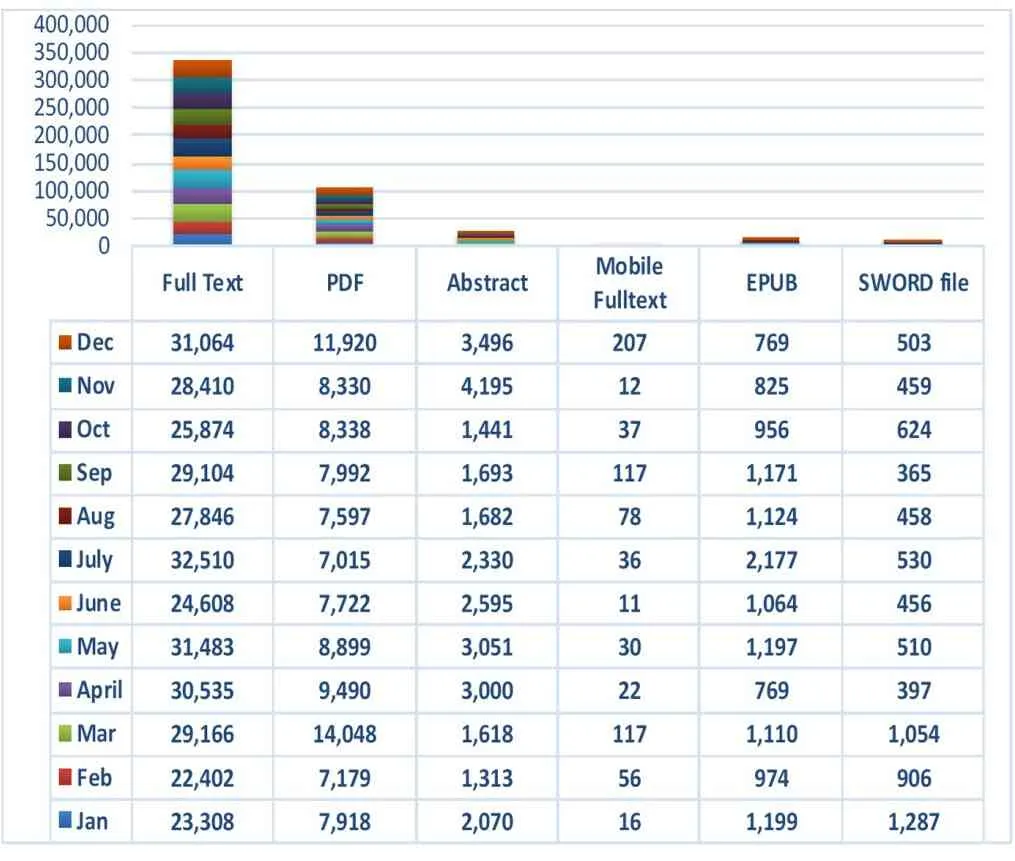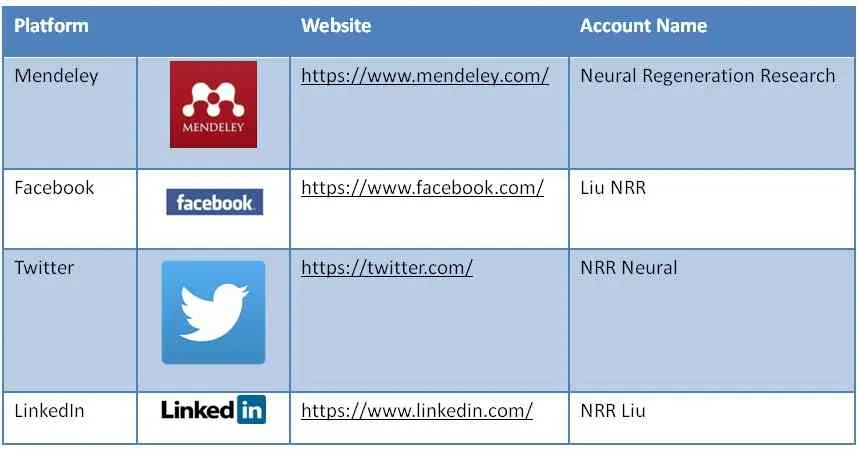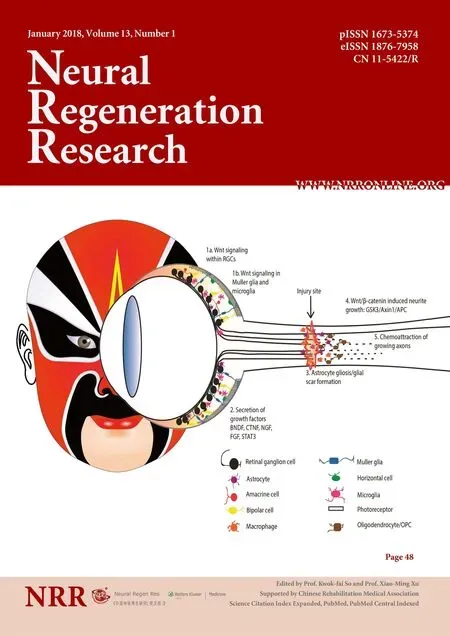LETTER FROM THE EDITORS-IN-CHIEF
Dear Contributors and Readers,
AsNeural Regeneration Research (NRR)enters its eleventh year of publication, an enormous amount of effort has been put into the development of this journal. We are happy to report that our journal is experiencing strong and healthy growth. We would like to present a brief overview of the growth of the journal over the past year, 2017.
Founded in April 2006,NRRis a peer-reviewed,open-access international journal published monthly, with its mission focused on reporting novel scientific discoveries in thefield of neural regeneration.
NRRhas been indexed by Science Citation Index Expanded (SCIE; Impact Factor 1.769 in 2016), PubMed,SCOPUS, and other important international databases. We hope that, with your support, NRR will continue to grow and to contribute to the advancement of science.
We are very pleased to report that the impact factor (IF)ofNRRhas grown steadily (Figure 1). For example, the IF for 2016 was 1.769, which was an 83% increase from 2015(IF = 0.968). According to JCR citation data, the 2017 IF is anticipated to be around 2.1–2.2. This is a significant advancement of the journal and we are inspired by the recognition by the scientists in thisfield.

Figure 1 NRR’s impact factor trend (Source: Journal Citation Report).

Figure 2 Types of NRR articles published in 2017.
Now,NRRhas been widely accepted by scientists from all of the world. Table 1 summarizes the journal’s website visits in 2017. Impressively, 143,251 visits were recorded and, among them, 72.4% were new to the journal’s website.Among visitors from different countries, those from the United States ranked thefirst (24.60%), followed by China(12.30%), and India (4.69%). The downloads of articles published in NRR have been steadily increasing with >310,000 full text downloads and > 110,000 PDF downloads in 2017 (Table 2).
Over the past year, we have continued to publish innovative and high quality articles inNRR, with a particular emphasis on invited reviews and perspective articles. Of the 340 publications published in 2017 (source: Web of Science, January 25, 2018), review and perspective type articles accounted for 51% (89 reviews and 85 perspective articles) (Figure 2).
Figure 3 summarizes the top 10 countries (out of 42 countries and regions) whose articles published in NRR in 2017. For review and perspective type articles, authorsfrom the United States contributed 89 documents and overseas authors together contributed 160 out of 174 WoS documents (92%).

Table 1 Rank of top 10 countries who visited the NRR’s website in 2017

Table 2 Monthly summary of downloads of NRR articles using different media devices in 2017
Importantly, NRR is committed to helping increase the reach and impact of research published in the journal. Today, the accessibility of social networking provides greater opportunities to improve the visibility of the research work. We have provided excellent service to our authors and readers in 2017. We will continue to expand the social network accounts to promote NRR articles (Table 3). We invite you to visit these sites and to offer your valuable suggestions. In 2018,NRRwill collaborate with TrendMD(www.trendmd.com) to offer a unique opportunity for those who wish to publish their work in the journal.
We would also like to share with you the top 10 most popular articles published in NRR in 2017 (Table 4).
Lastly, we will organize the 2018 International Neural Regeneration Symposium (INRS2018), to be held at Guangzhou, China between July 27 and 29, 2018. At this Joint Symposium, keynote speeches will be given by Dr.Thomas C. Südhof, the 2013 Nobel Prize winner in Physiology or Medicine, and Distinguished Professor V. Reggie Edgerton at University of California—Los Angeles, USA, a renowned expert in spinal cord research and regeneration.Furthermore, nearly 30 prominent scientists from all over the world will deliver their cutting-edge speeches on the latest progress of neural regeneration. We sincerely hope that you will join us in making the Joint Symposium in 2018 a success. The meeting information can be found at http://www.inrs-nrr.org/CN/model/index_en.shtml.

Figure 3 Top 10 countries that contributed review and perspective type of articles to NRR in 2017.

Table 3 NRR’s social networks

Table 4 Top 10 most downloaded articles from NRR in 2017
Finally, we wish to encourage our readers, authors, and editors to contribute more high quality scientific papers toNRR. We hope thatNRRwill be an important forum for presenting your cutting edge research in neural regeneration, and by working together, we will make NRR one of thefinest journals in the world. We also welcome comments and suggestions that could improve the quality of the journal.
We wish you a Happy, Healthy, and Prosperous 2018!
- 中国神经再生研究(英文版)的其它文章
- Neural Regeneration Research: Information for Authors
- Conundrums and confusions regarding how polyethylene glycol-fusion produces excellent behavioral recovery after peripheral nerve injuries
- Brain injury and neural stem cells
- Modulation of mitochondrial bioenergetics as a therapeutic strategy in Alzheimer’s disease
- Tackling dipeptidyl peptidase IV in neurological disorders
- Stem cells for spinal cord injuries bearing translational potential

